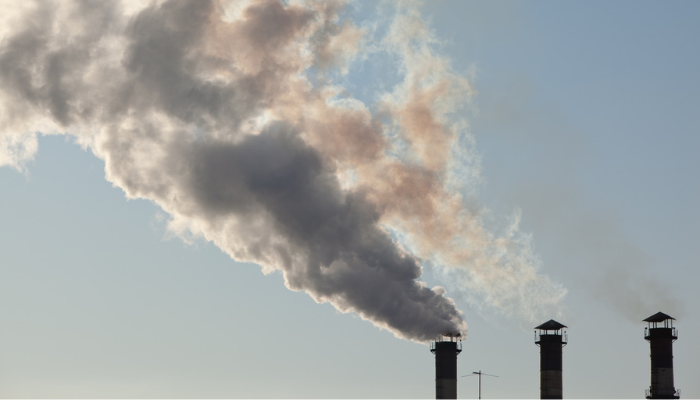
07 Mar Air Pollution Awareness: Protecting the Elderly
The issue of air pollution has become increasingly prominent. With its detrimental effects on respiratory and overall health, air pollution poses a significant threat to vulnerable populations, including seniors. Understanding the impact of air pollution on older adults is important for promoting awareness and advocating for policies and interventions to protect their health.
Air pollution encompasses a range of harmful pollutants, including particulate matter (PM), nitrogen dioxide (NO2), sulfur dioxide (SO2), ozone (O3), and volatile organic compounds (VOCs), emitted from sources such as vehicles, industrial facilities, power plants, and wildfires. These harmful substances can enter the respiratory system deeply, triggering inflammation, worsening pre-existing respiratory issues, and heightening the likelihood of cardiovascular diseases.
For older adults, who may already have compromised respiratory function or underlying health conditions, exposure to air pollution can have particularly severe consequences. Chronic obstructive pulmonary disease (COPD), cardiovascular diseases, asthma, and other respiratory ailments are more prevalent among the elderly population, making them more susceptible to the harmful effects of air pollution.
The effects of air pollution on elderly health can manifest in various ways, including:
- Exacerbation of Respiratory Conditions: Older adults with pre-existing respiratory conditions, such as asthma or COPD, may experience worsening symptoms when exposed to high levels of air pollution. This can lead to increased wheezing, coughing shortness of breath, and exacerbations of their underlying condition, requiring medical intervention and hospitalization.
- Cardiovascular Complications: Air pollution has been linked to an increased risk of cardiovascular diseases, including heart attacks, strokes, and hypertension. In older adults, who may already possess cardiovascular risk factors like hypertension or atherosclerosis, exposure to air pollution can exacerbate their vulnerability to adverse cardiovascular events.
- Reduced Lung Function: Long-term exposure to air pollution has been associated with decreased lung function and accelerated decline in lung function over time. In elderly individuals, whose lung function naturally diminishes as they age, this can worsen respiratory symptoms and hinder their capacity to engage in daily activities, resulting in a diminished quality of life.
- Increased Susceptibility to Infections: Air pollution can weaken the immune system and increase susceptibility to respiratory infections such as pneumonia and influenza. Elderly individuals, whose immune systems may already be compromised due to age-related changes, face an increased risk of experiencing severe complications from respiratory infections when exposed to air pollution.
Addressing air pollution awareness and its impact on elderly health requires a multifaceted approach involving public education, urban planning, environmental regulations, and healthcare interventions. Public awareness campaigns can educate older adults and their caregivers about the health risks associated with air pollution and guide them on mitigating exposure, such as staying indoors during periods of high pollution, using air purifiers, and avoiding outdoor activities in heavily polluted areas.
At the policy level, stricter regulations on emissions from industrial sources, vehicle emissions standards, and measures to reduce air pollution from wildfires can help mitigate the impact of air pollution on elderly health. Urban planning approaches that prioritize green spaces, pedestrian-friendly surroundings, and accessible public transportation can also play a role in lowering air pollution levels and fostering healthier living environments for older adults.
Within healthcare settings, healthcare providers hold a pivotal role in identifying and addressing air pollution-related health concerns among elderly patients. Screening for respiratory conditions, providing education on symptom management and environmental triggers, and incorporating air quality monitoring into care plans can help optimize health outcomes and improve the quality of life for older adults affected by air pollution.
In conclusion, raising awareness about air pollution and its impact on elderly health is essential for protecting the health of older adults and promoting healthy aging. By understanding the risks associated with air pollution exposure and implementing strategies to reduce pollution levels and mitigate its effects, we can create healthier environments for older adults to thrive and enjoy a better quality life.


